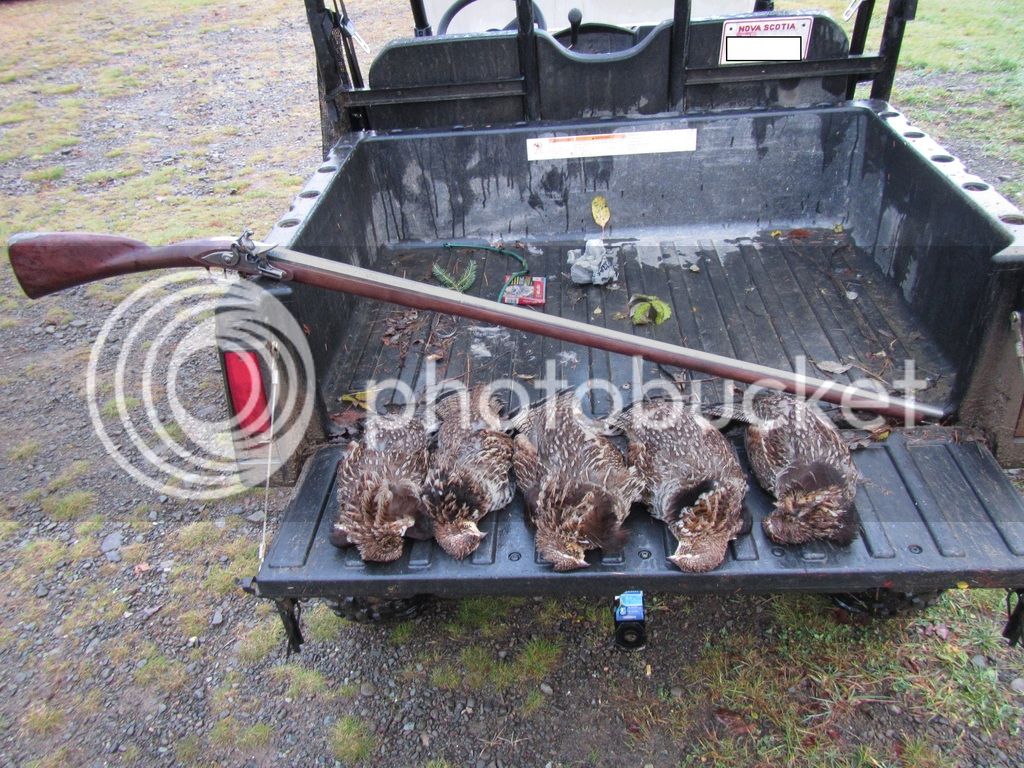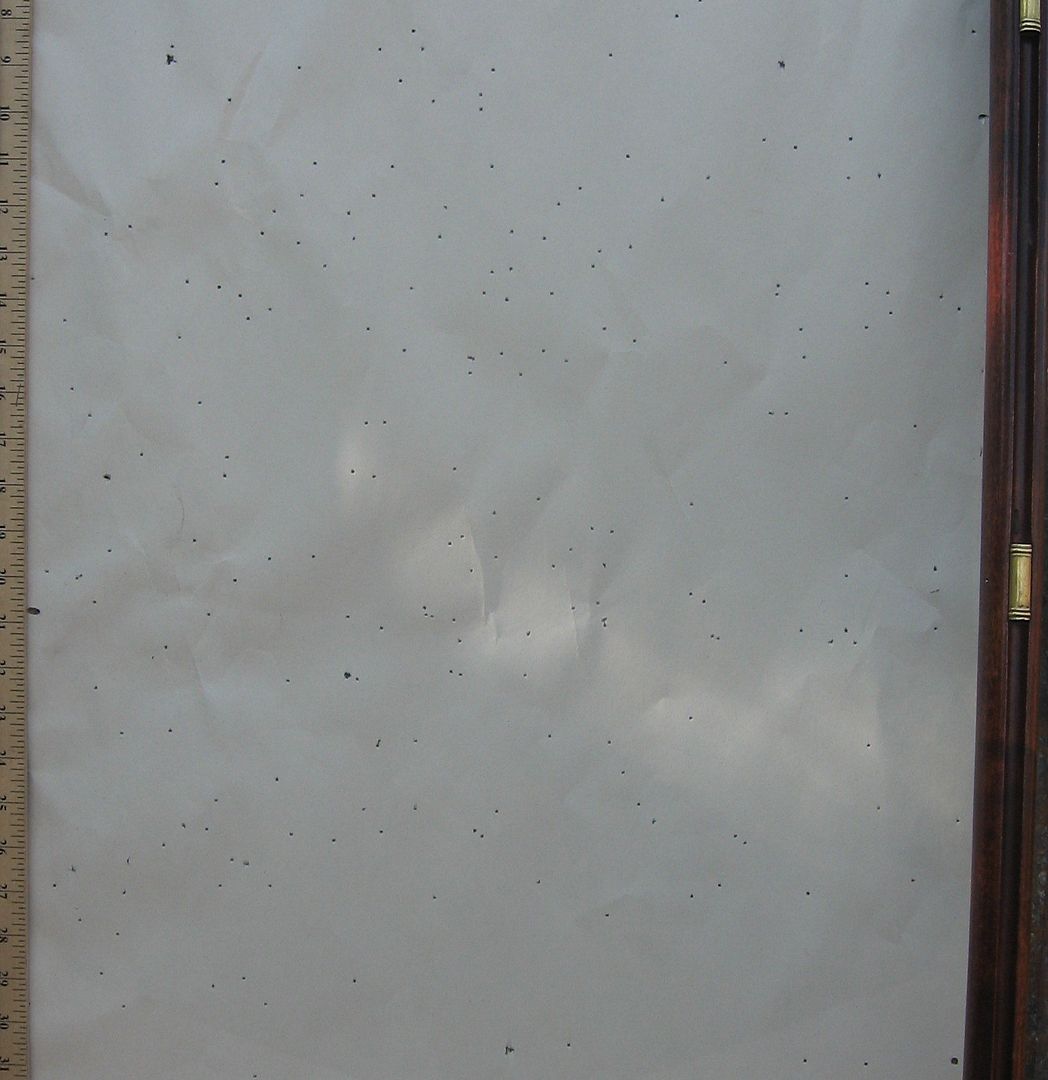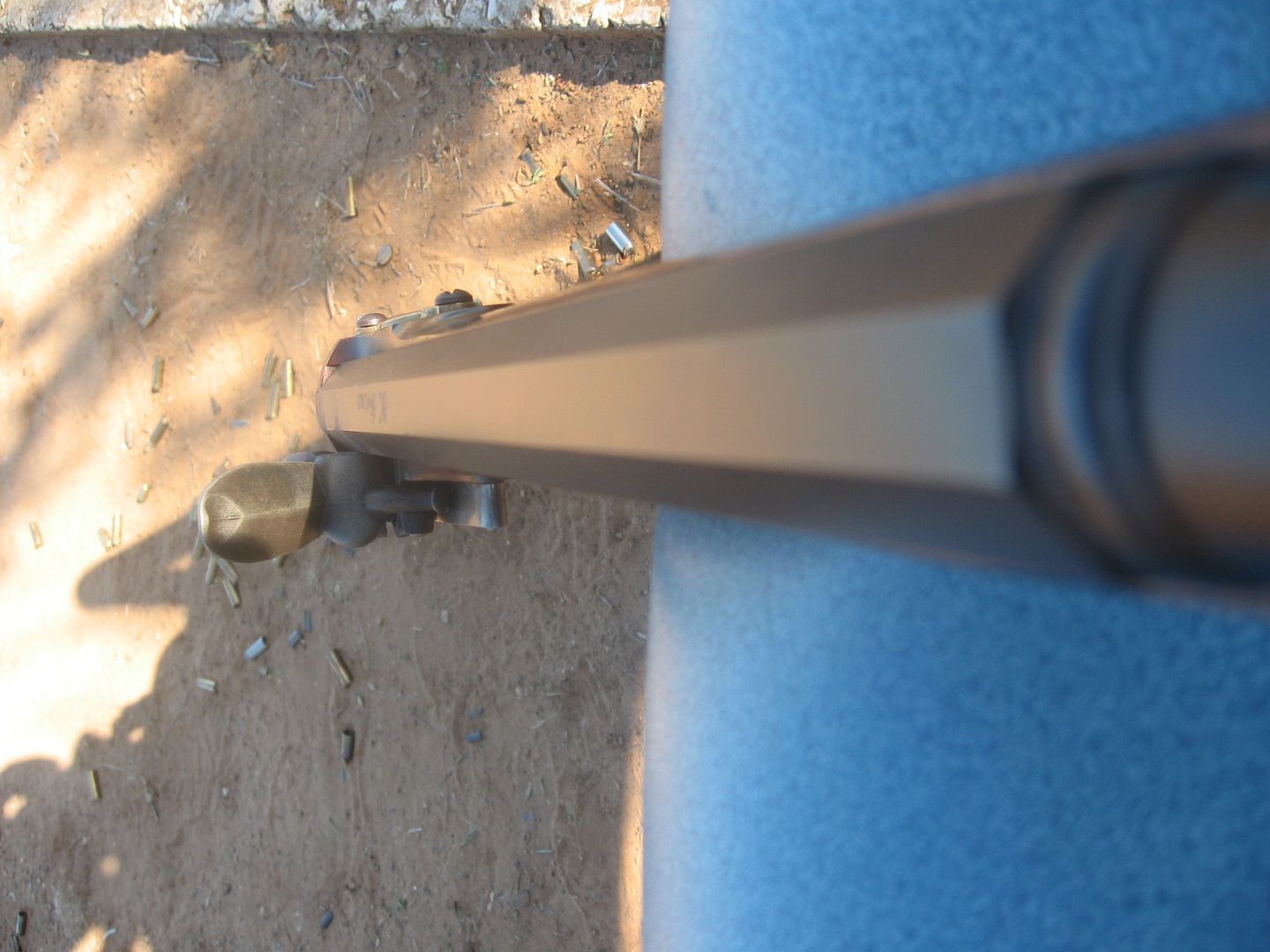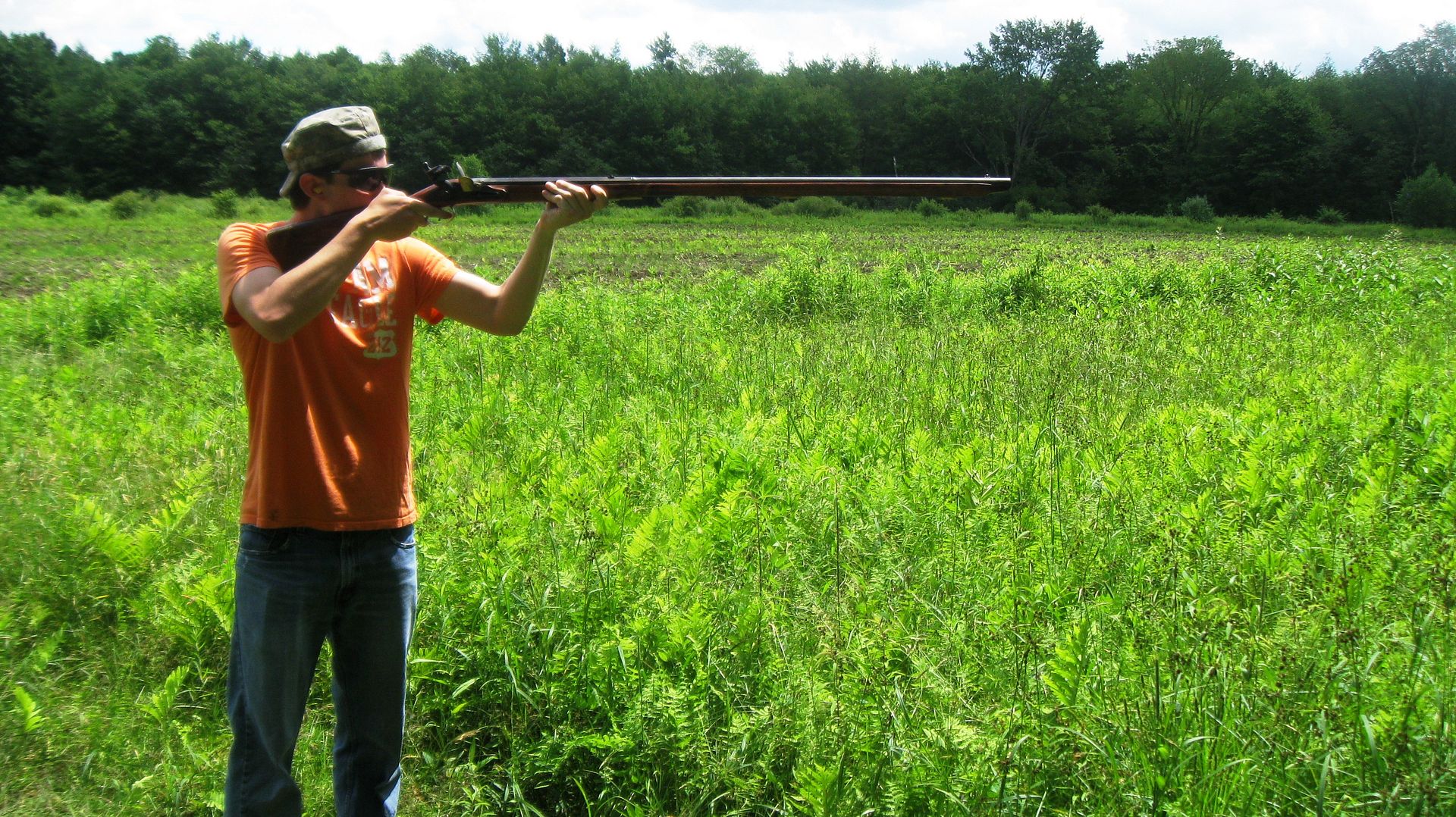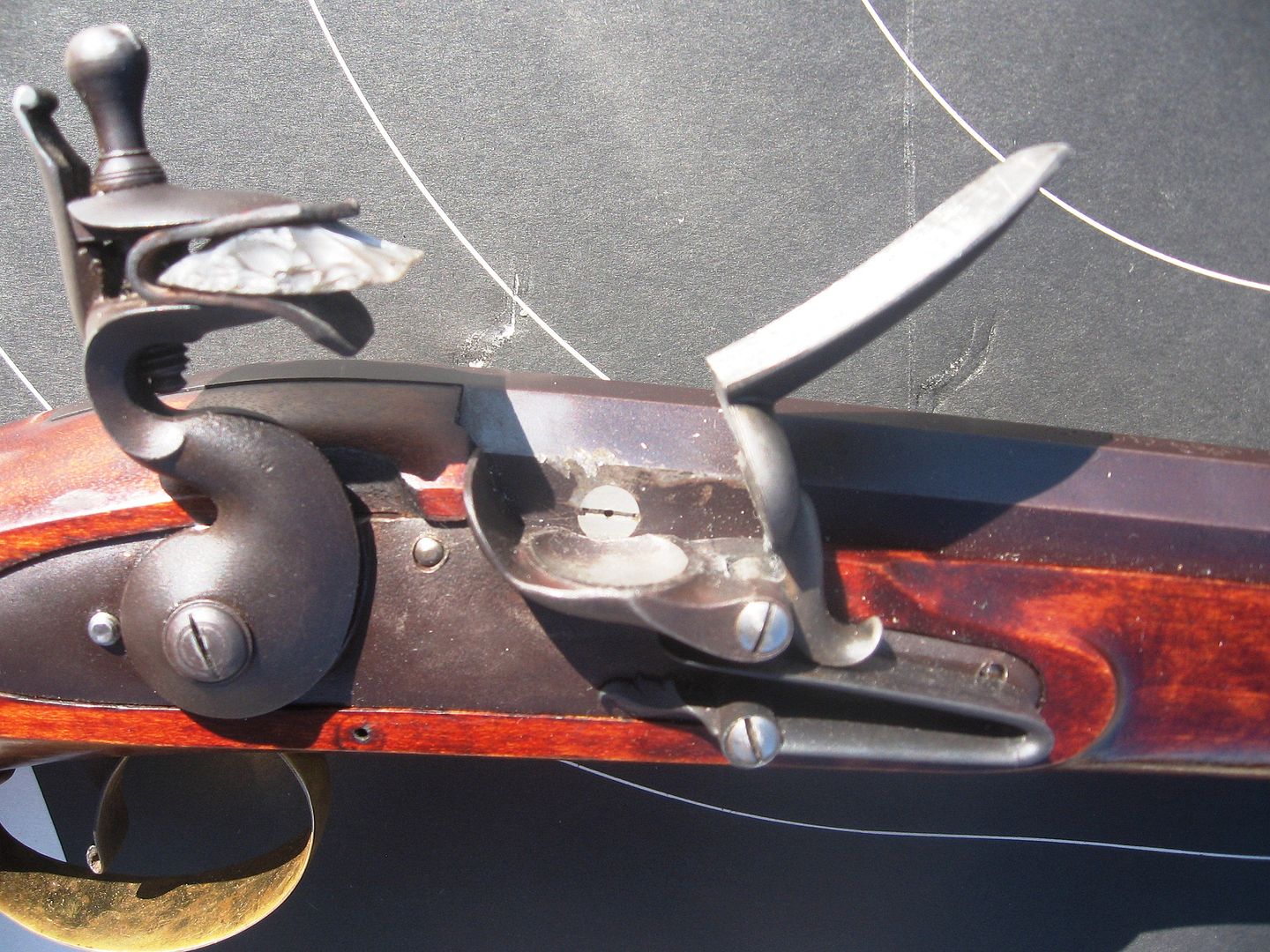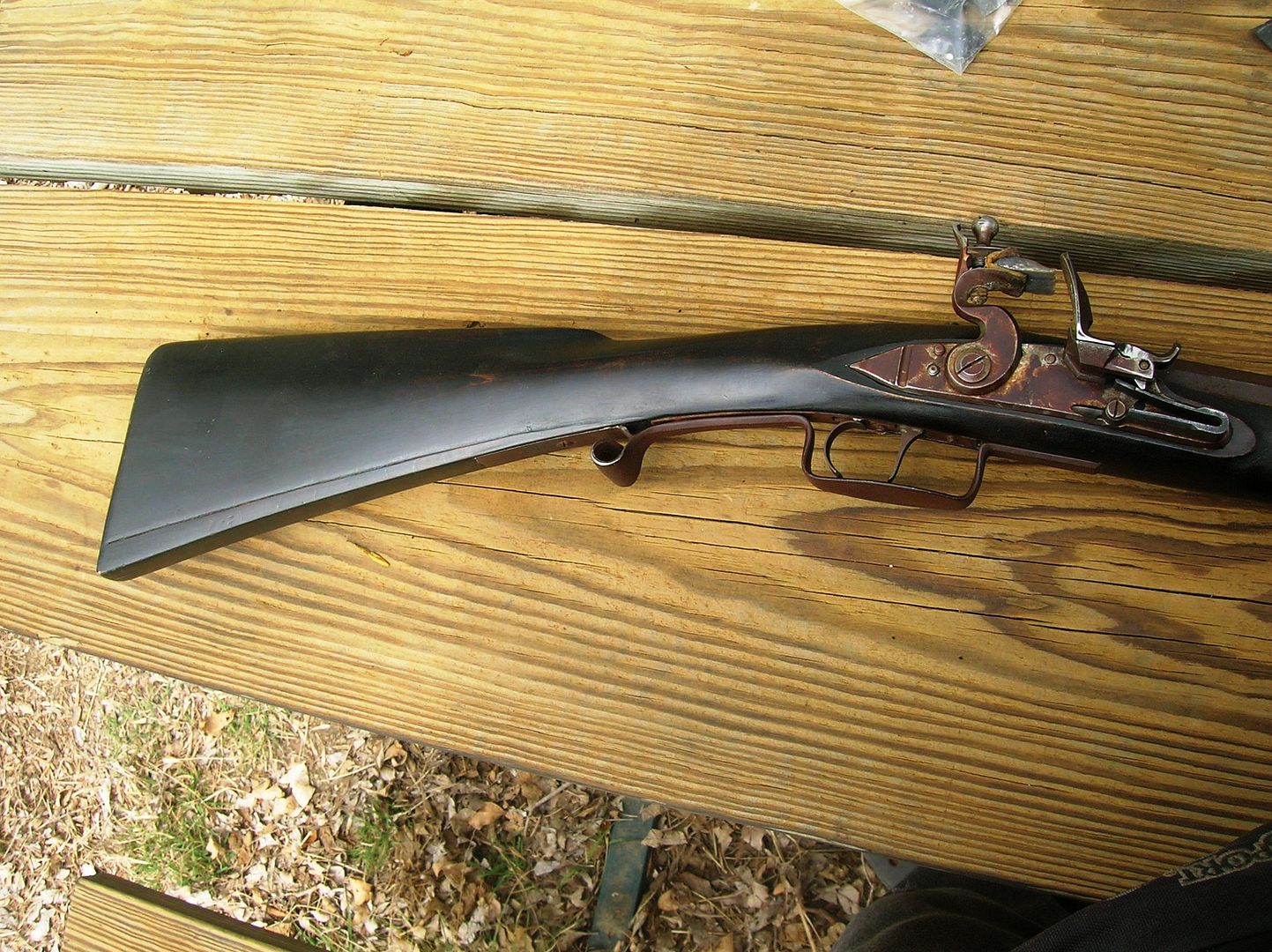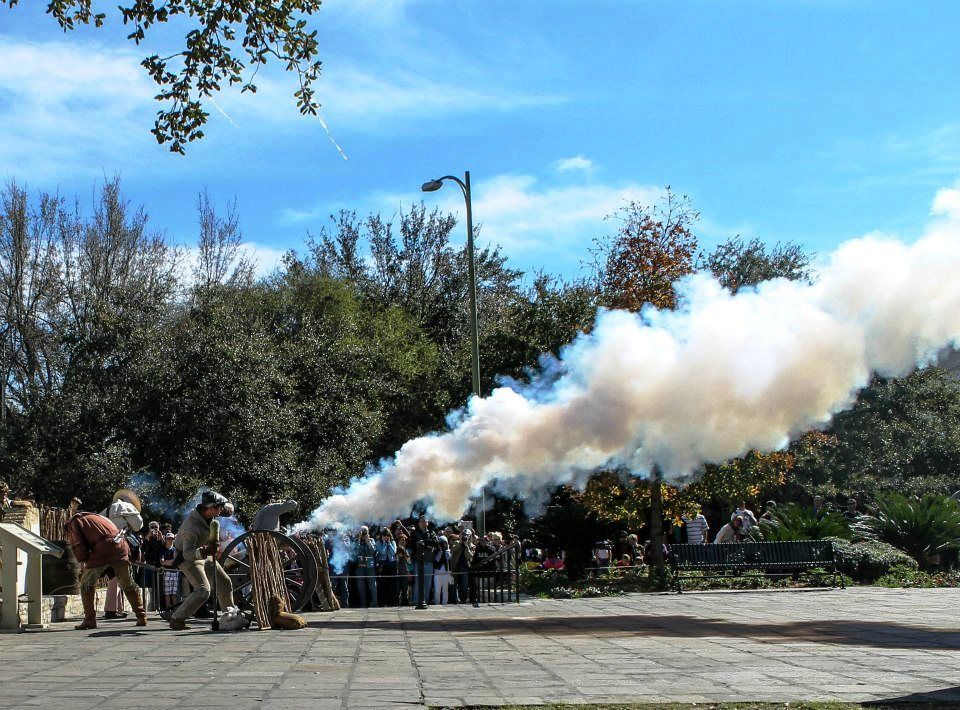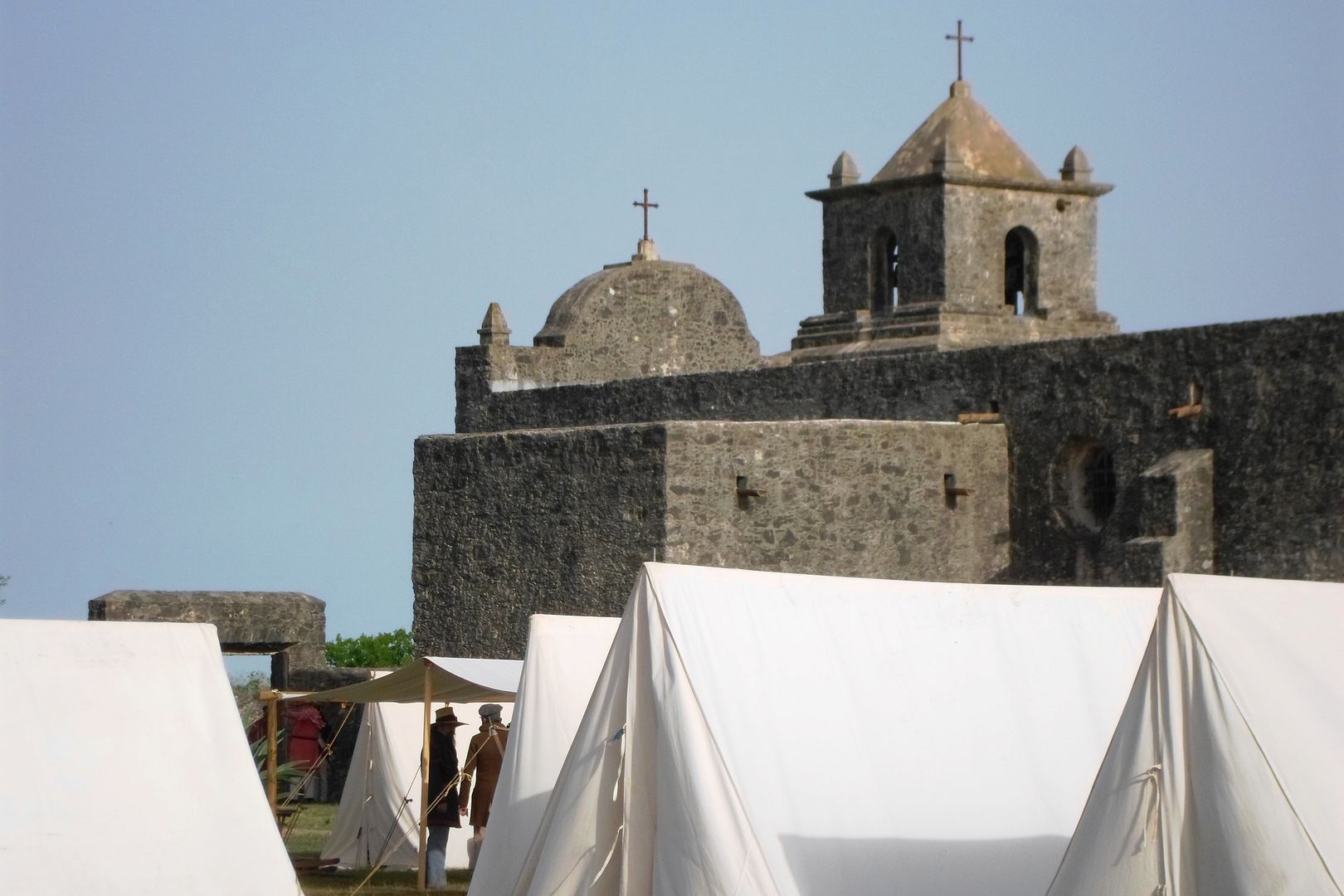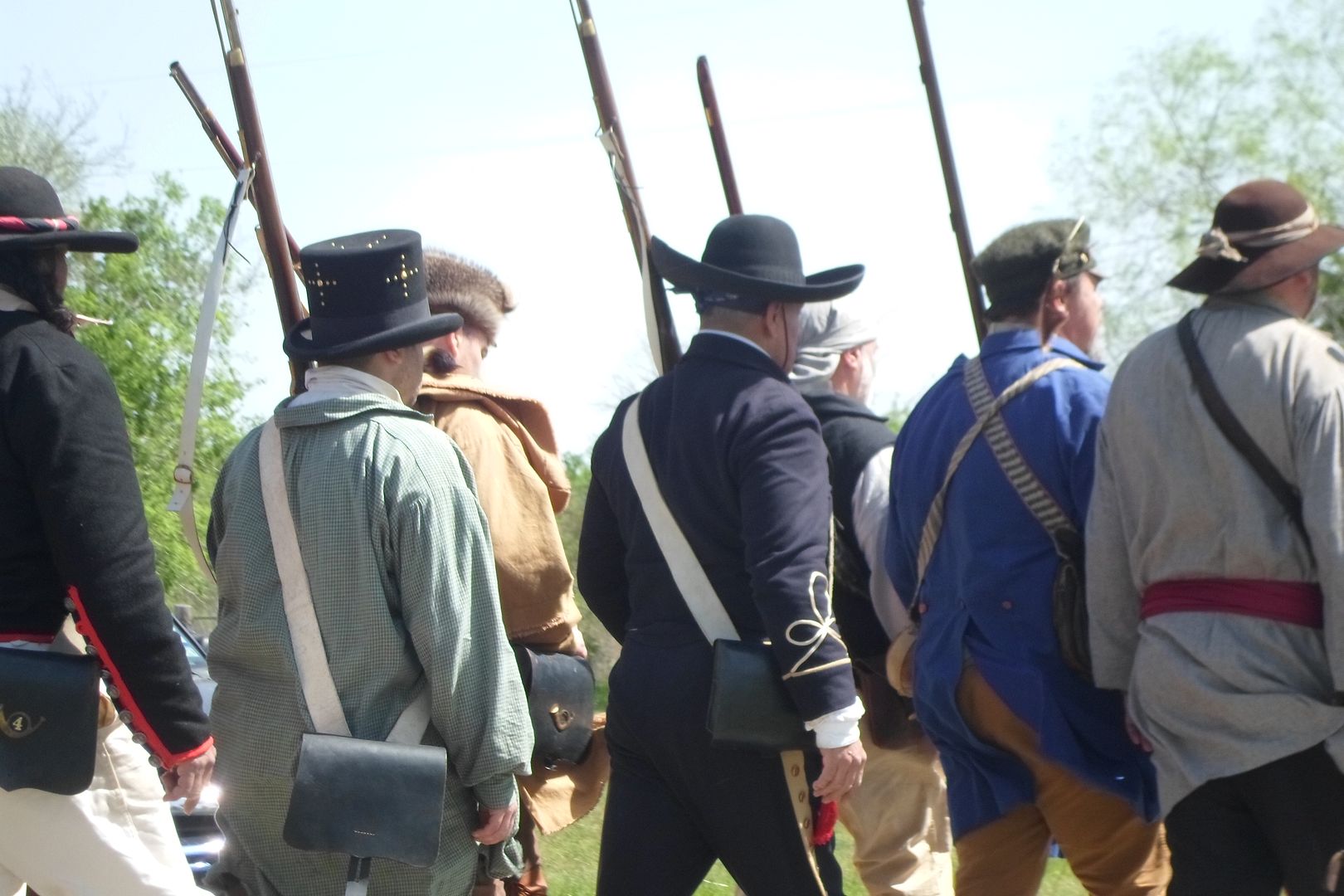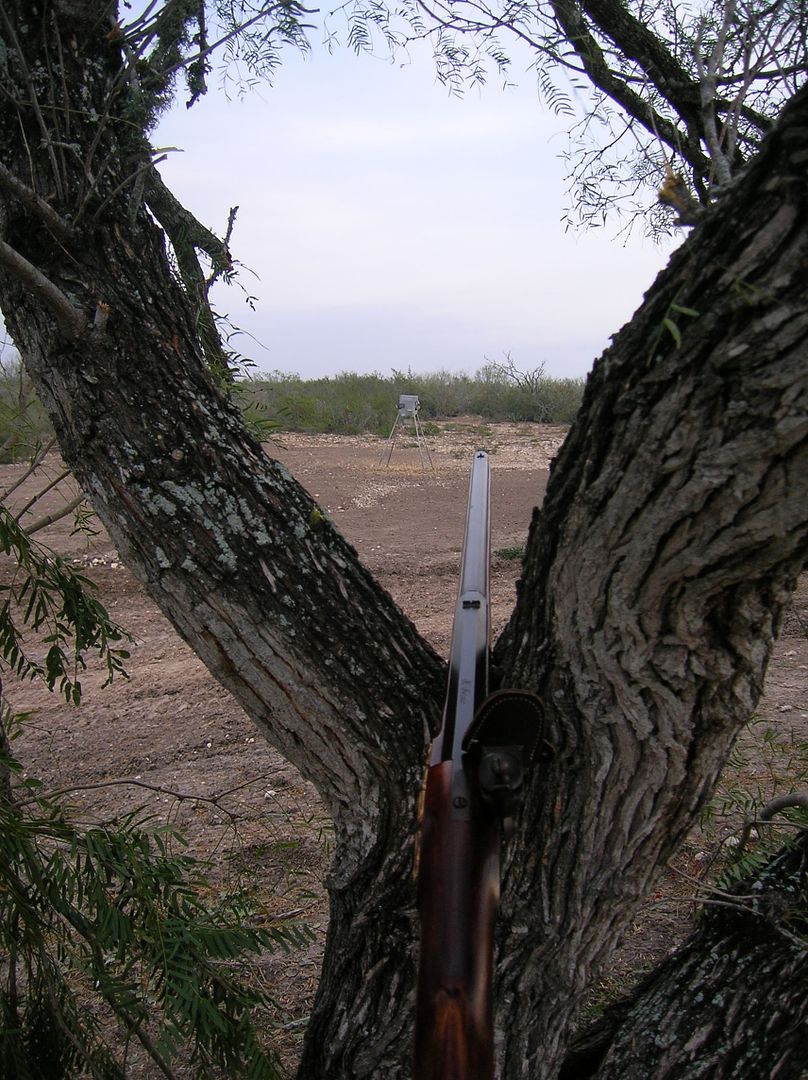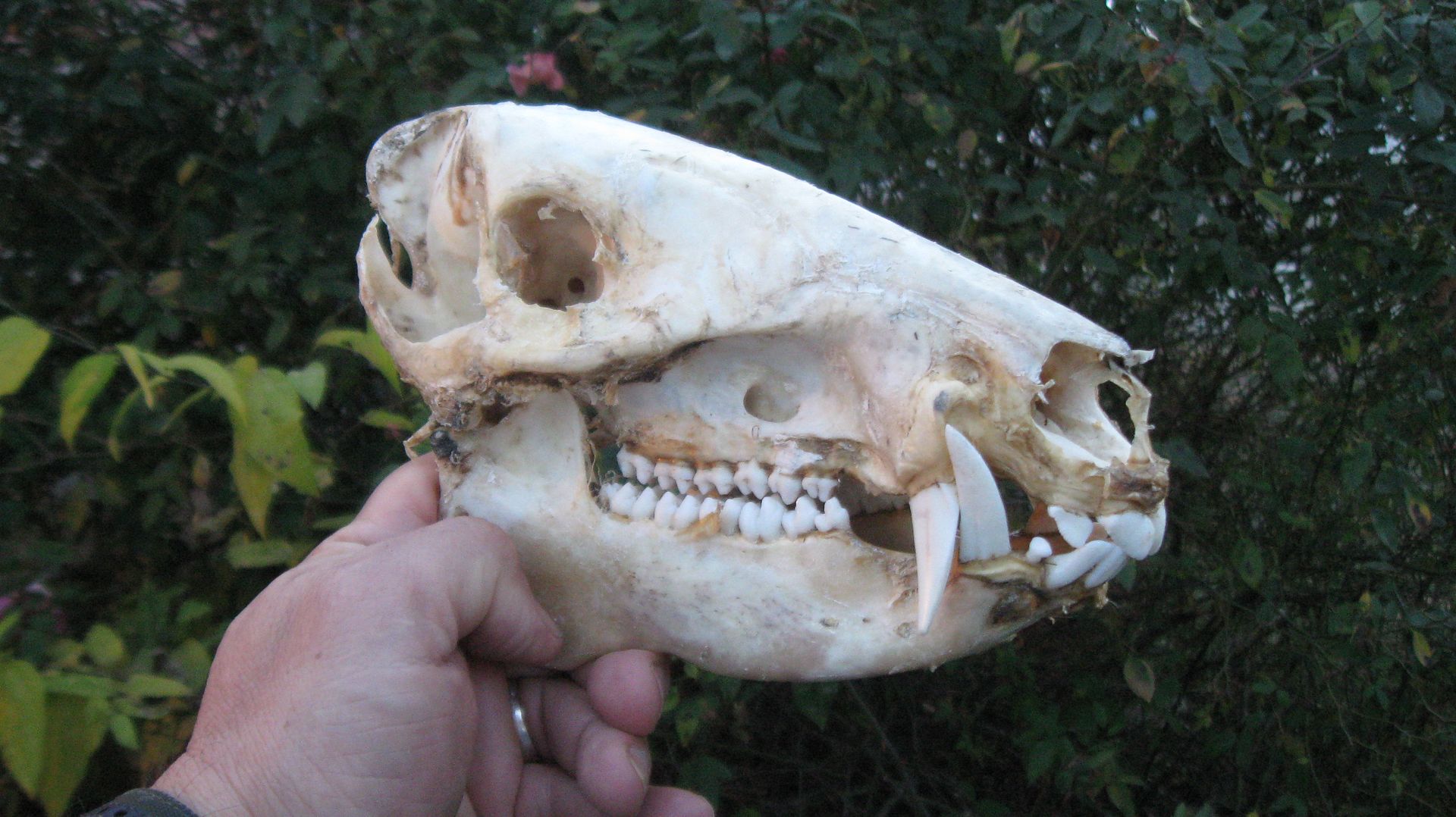First, Birdwatcher, please accept my condolences for being "killed" on so many battlefields.
Well, at the Alamo every year you're just going down, no way around it. The scary part is how enthiastic your buddies on the Mexican side get when closing in for the kill :grin:
Then too, when ya DO go down, you're falling on concrete, so always fall UNDER your gun :wink:
Before that happens tho you've just rapid-fired about ten or twenty 100 grain blanks. No ramrods allowed, just drop loose powder in, prime and shoot (100 grains of FFFg loose still goes "BANG!"). Very quickly your gun barrel gets too hot to touch. Pretty cool with the audience close at hand and the cannon booms rattling the Alamo Plaza....
You gotta start with a sharp flint and have a vent pick close at hand for misfires. The general rule at all these battles is if you reach a point where your gun ain't working then you fall dead, because someone has to after all.
Goliad is the annual high point of the reenactor calendar, third weekend in March, when the climate is at its very best here. Cannons AND cavalry at that one. The massacre reenactment on the last morning is always somber but the two nights camped inside La Bahia Mission prior to that, all period equipment, is just awesome.
Hey, an attempt at on-topic, there are some smoothbores in this pic. Goliad finally ends with a volley and wreaths in memory of the fallen, here we are on our way to that event. I'm the guy in the gray (sumac dyed) do-rag front row (it was too windy for my big 'ol slouch hat).
We do win at San Jacinto, I gotta tell ya tho, that end-of-April event is oft best described with the words "hot", "humid" and "mosquitoes".
Birdwatcher






